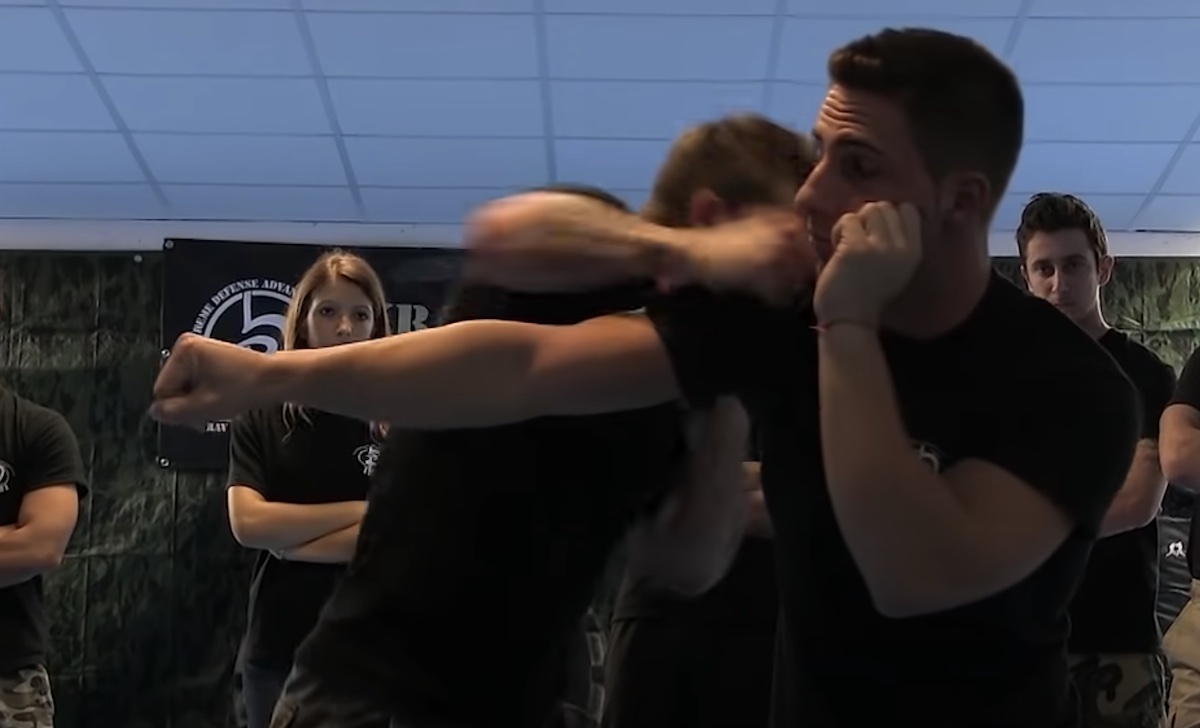
Just about all of the martial arts in the world claim that their system provides optimal self defense. Krav Maga is arguably the best self defense system in the world.
Developed to help save a group of people from mass extermination, Krav was created to help you do one thing. Survive.
Here is the complete breakdown of the self defense system, we’ll go into how it was developed and all of its ins and outs.
The history of Krav Maga
Krav Maga was first developed by Hungarian martial artist Emrich “Imi” Lichtenfeld. As a young man, Lichtenfeld was a gifted athlete that excelled at many martial arts and sports.
He was a champion in everything from gymnastics, swimming, boxing, and wrestling. Imi was a Hungarian Jew, who lived in an extremely turbulent time.
During the 1930s, the Nazi party were on the rise and they would terrorize the Jewish population in Europe. Especially in Czechoslovakia, where Lichtenfeld lived.
Imi refused to be tormented by anti-semetic terrorists and decided to fight back. Gathering a group of the strongest Jewish men he could and began patrolling his neighborhood.
Imi’s realization
After a few bouts of fighting Nazis and anti-semitists in the streets, Imi realized something about his fighting skills. While he had skills, they were more designed for sports based contests and not real fights on the street.
In a sport, the referee was there to protect you, but in a real life fight, nobody was coming to save you. A matter of life and death rather than just winning a contest.
As he would get in fights on the street defending his neighborhood, Imi would gain crucial experience. These experiences would help him develop his self defense system of Krav Maga.
Lichtenfeld flees Europe
Due to the rise of Nazism and the German takeover of Europe, Lichtenfeld would be forced to flee. He would board a ship headed to Palestine in 1940, which wrecked in the Dodecanese Islands.
It took him two years to finally reach Palestine in 1942 after serving in the Free Czechoslovak Legion in North Africa. Once he reached Palestine, Imi would really begin developing Krav Maga.
The leaders of the Haganah in Palestine that Lichtenfeld was an expert at fitness and self defense. They would appoint Imi to train their soldiers how to fight.
Teaching them everything from hand to hand combat, knife attacks, and wrestling. Also leading physical fitness regiments and instilling the importance of always being in peak physical form.
Krav Maga and the IDF
In 1948, the Israeli Defense Forces were formed and Lichtenfeld was made chief instructor of fitness and Krav Maga. For 20 years, Imi would teach the Israeli special forces unit the art of Krav Maga.
Lichtenfeld would hold this position for 20 years and teach Krav Maga to thousands of Israeli soldiers.
Krav Maga being taught to civilians
At first, Krav Maga was taught to only members of Israel’s elite military forces. But once Lichtenfeld retired from service, he wanted to teach his martial art to everyone.
He began adjusting Krav Maga, so that it could work for ordinary people in their everyday lives. Normal people could also be threatened with violence and Imi wanted them to be prepared by knowing Krav Maga.
Lichtenfeld began training chosen instructors who would go around the world teach the art of Krav. After years of work, Lichtenfeld and his students created the Krav Maga Association in 1978.
The first international instructor course at Wingate University in North Carolina. From that point on, normal people from around the world started to gain access to learn Krav Maga.
Today, Krav Maga is now taught on nearly every continent and adopted by the world’s top militaries.
What does Krav Maga mean?
Krav Maga is Hebrew, which directly translates to “contact combat.”
What does Krav Maga consist of?
Krav Maga is the blending of various martial arts into specific defense systems. The techniques used in Krav were taking from:
- Boxing
- Wrestling
- Judo
- Aikido
- Karate
- Weapons training
Basically a form of MMA that was designed for real life altercations and not in a sport setting.
The basic principles of Krav Maga
Here are the 12 basic principles:
Avoid Physical Confrontation
Like many other martial arts, Krav Maga teaches students to always try to avoid confrontation. Following this principle will make it less likely that you will be harmed or killed.
Simultaneous Attack & Defenses
You need to always be delivering multiple attacks and defenses against an attacker. That way, you will be a step ahead of them.
Develop Physical Aggression
This doesn’t mean that you get angry and wildy attack your enemy. What it really means is if you’re fighting for your life, you need to be able to flip the switch. Unlocking the aggression inside you to hurt someone that wishes to do you harm.
Target Your Opponent’s Vulnerable Points
Target the vulnerable points of your opponent’s body that includes, the eyes, throat, groin, knees, liver, plexus, ribs, and nose.
Use A Weapon
If you have a weapon or blunt instrument near you, use it to strike your opponent. It would do more damage to your opponent and you won’t risk damaging your hands or feet.
Don’t Stop Until They’re Prone
An important principle taught in Krav Maga is don’t stop attacking your opponent until they’re prone. An opponent that is moving is a threat and you must immobilize them.
Simple Attacks
The best attacks are the most simple and be sure to repeat them until your opponent is no longer a threat.
Finish The Fight Quickly
Whenever a fight lasts long, you are statistically more likely to get hurt or killed. That is why you must aim to finish a fight as quickly as possible to avoid being harmed.
Know Your Surroundings
Always know where you are at all times and what is around you. Once you know your surroundings, you’ll be better prepared to act.
Muscle Memory
You need to constantly drill your fighting movements in order to keep yourself sharp in case something happens.
Stay In Shape
Staying in peak physical condition is another important principle of Krav Maga. When you’re in good physical shape, you are better prepared to defend yourself against whatever comes at you.
Learn To Work Under Stress
A fight is the most stressful situation you can be in. You must learn to control your emotions and learn to respond while under stress.
Krav Maga ranking system
Just like BJJ or Karate, Krav Maga has their own ranking system within the martial art. Here is the ranking system according to the official Krav Maga website.
There are 6 belt ranks within Krav Maga and they are:
- Yellow Belt
- Orange Belt
- Green Belt
- Blue Belt
- Brown Belt
- Black Belt
Krav Maga Yellow Belt Requirements
The yellow belt is the beginner belt that is the first promotion within Krav. To be eligible to test for a yellow belt in Krav, you will need to attend 40 level 1 classes.
For the yellow belt test, you must demonstrate that you can perform:
- Basic Strikes
- Headlock Defense
- Choke Defense
- Basic Positional Escapes
- Proper Stance
Krav Maga Orange Belt Requirements
As a yellow belt, you are a level 2 student in Krav Maga. To reach eligibility to test for an orange belt, you must attend 6 months of classes or 60 level 2 classes.
The Krav orange belt test includes:
- Bearhug Defense
- Chokes With Pulls Defense
- Ground Escapes
- Low Intensity Sparring
Krav Maga Green Belt Requirements
An orange belt in Krav marks you as a level 3 student. Which signifies you have entered the intermediate level. Eligibility to test for the green belt includes attending 9 months or 90 level 3 classes.
The Krav green belt test includes:
- Sparring(Ground Fighting Included)
- Fundamental Stick/Blunt Weapon Defense
- Fundamental Handgun Defense
Krav Maga Blue Belt Requirements
During your time at green belt, you are working your way into the advanced levels with blue belt being the first. Eligibility for the blue belt test includes 12 months or 120 level 4 classes attended.
The Krav blue belt test includes:
- Higher Level Striking Combinations
- Higher Level Ground Techniques
- Takedowns/Sprawls
- Sparring With Disadvantages
- Knife Defenses
Krav Maga Brown Belt & Black Belt Requirements
As a level 5 student, you have proved your efficiency in all forms of self defense. Everything from this point out is training the most advanced techniques in Krav Maga.
To be eligible for the brown belt test requires 12 months of training or 120 level 5 classes attended. Requirements for the black belt test can vary and require an invite from the instructor.
The Krac brown/black belt requirements include:
- Prove Efficiency In Sparring
- Advanced Blunt Weapon Attacks/Defense
- Long Range Gun/Knife Defenses
- Fighting Multiple Attackers
Brown Belt Test:
Black Belt Test:
Are their ranks above black belt?
Yes, just like other martial arts that use belt ranks, there are higher level black belts.
Going from first degree to 10th degree.(10th degree is designated only for Krav Maga creator Imi Lichtenfeld.)
Gaining degrees on a Krav Maga black belt is just a matter of time spent at each degree. Like in BJJ, you must wait the same number of years as your next degree to earn it.
Currently the highest ranked Krav Maga instructor is Chief Instructor Darren Levine, who is a 8th degree black belt.
Are there Krav Maga competitions?
No, there are no competitions. Krav Maga was developed as a self defense system and not for a sport setting like MMA or boxing.
The benefits of Krav Maga
Here are some of the best benefits that Krav Maga provides to its practitioners.
Get in great shape
Just like with MMA training, Krav Maga training can get you into really great shape. The training is an intense all in one workout. You’re learning self defense skills while improving your cardio and physical strength.
Weapons defense and use
Where Krav Maga has an edge over MMA is that you train how to use and defend against weapon attacks. MMA is great for a hand to hand fight, but not so much if a weapon is involved.
Gain self confidence
A lack of self confidence is what holds many of us back from accomplishing what we want to do in life. Krav can help you build confidence within yourself and improve your overall life.
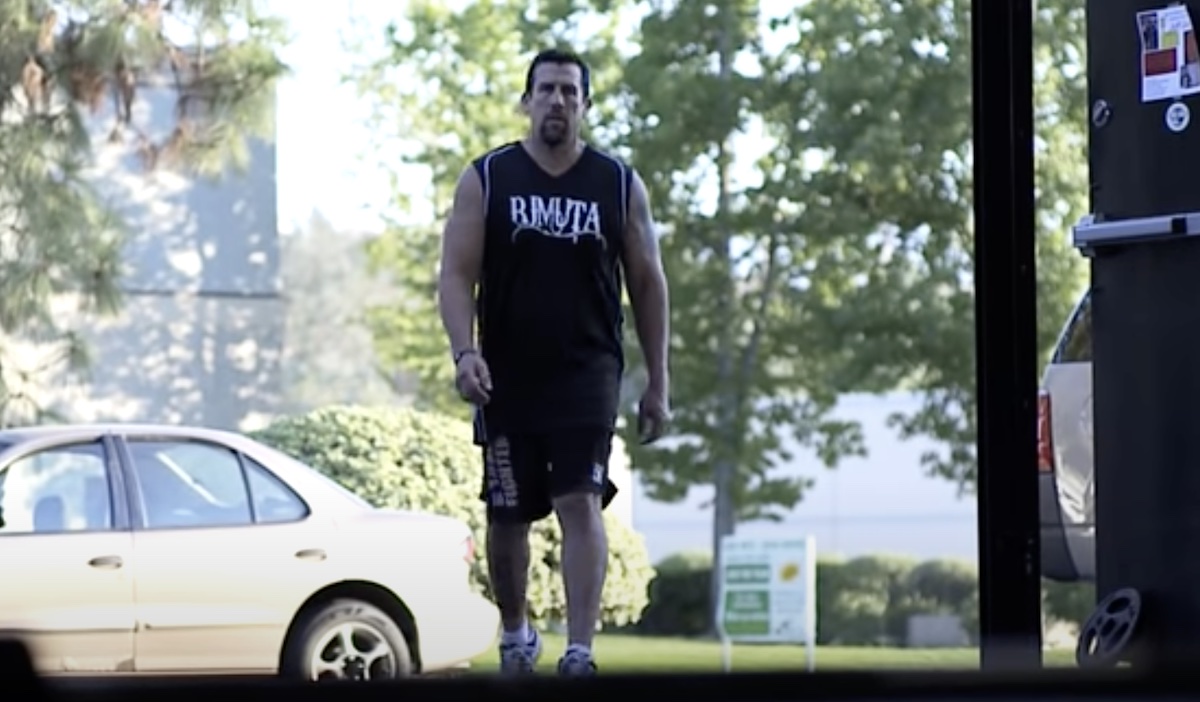 Big John McCarthy is a highly respected legend within the sport of MMA. He has been around since the Ultimate Fighting Championship was created in 1993. Right in the middle of the cage to watch over the fights and say his patented catch phrase. Let’s get it on!” This is a bio on one of […]
Big John McCarthy is a highly respected legend within the sport of MMA. He has been around since the Ultimate Fighting Championship was created in 1993. Right in the middle of the cage to watch over the fights and say his patented catch phrase. Let’s get it on!” This is a bio on one of […]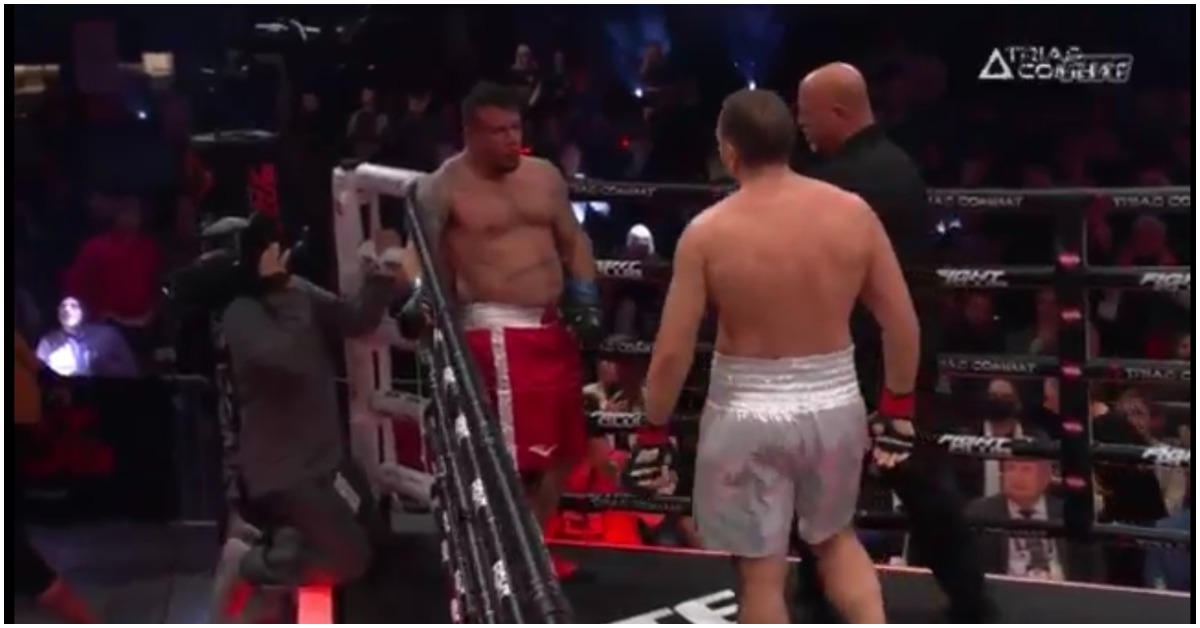 Kubrat Pulev dominated former UFC champion Frank Mir and earned himself a knockout win. Pulev earned himself the inaugural Triad Combat belt with his win over Mir. Mir started the fight by clinching up, but could not keep Pulev in his grasp. Pulev was able to pick apart Mir while keeping his distance and landed […]
Kubrat Pulev dominated former UFC champion Frank Mir and earned himself a knockout win. Pulev earned himself the inaugural Triad Combat belt with his win over Mir. Mir started the fight by clinching up, but could not keep Pulev in his grasp. Pulev was able to pick apart Mir while keeping his distance and landed […]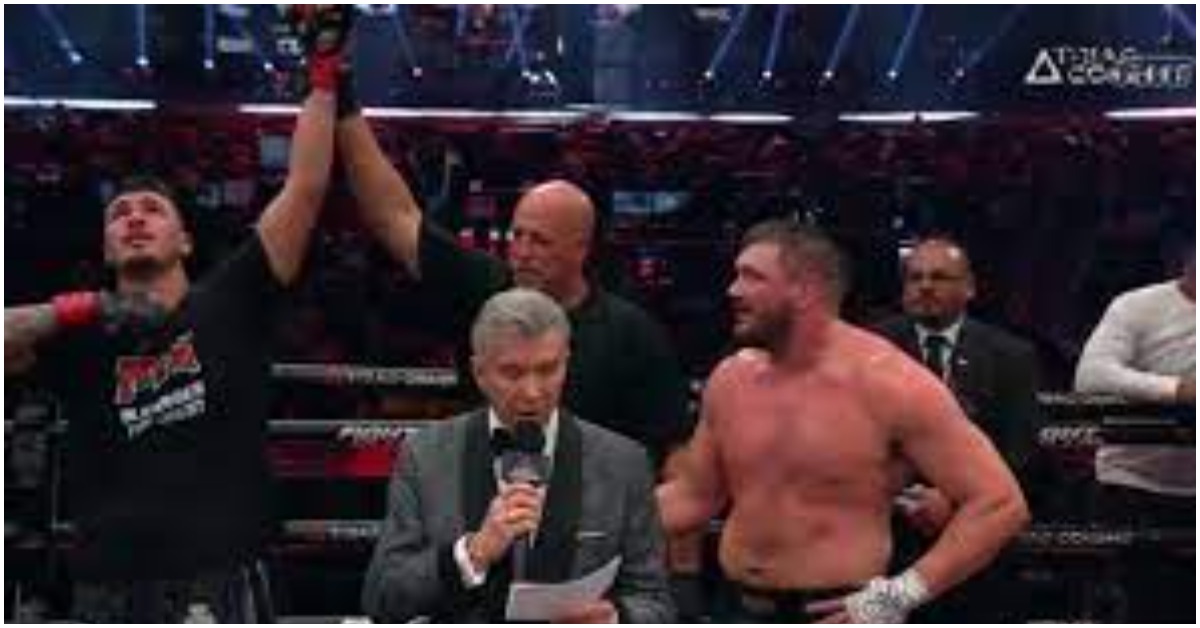 Alexander Flores was able to get team boxing a win after beating Matt Mitrione by unanimous decision. The two fighters came out of the gates throwing bombs at each other with ill intention. After a back and forth first round, Mitrione opens the second round with a huge knockdown of Flores. Mitrione followed up with […]
Alexander Flores was able to get team boxing a win after beating Matt Mitrione by unanimous decision. The two fighters came out of the gates throwing bombs at each other with ill intention. After a back and forth first round, Mitrione opens the second round with a huge knockdown of Flores. Mitrione followed up with […]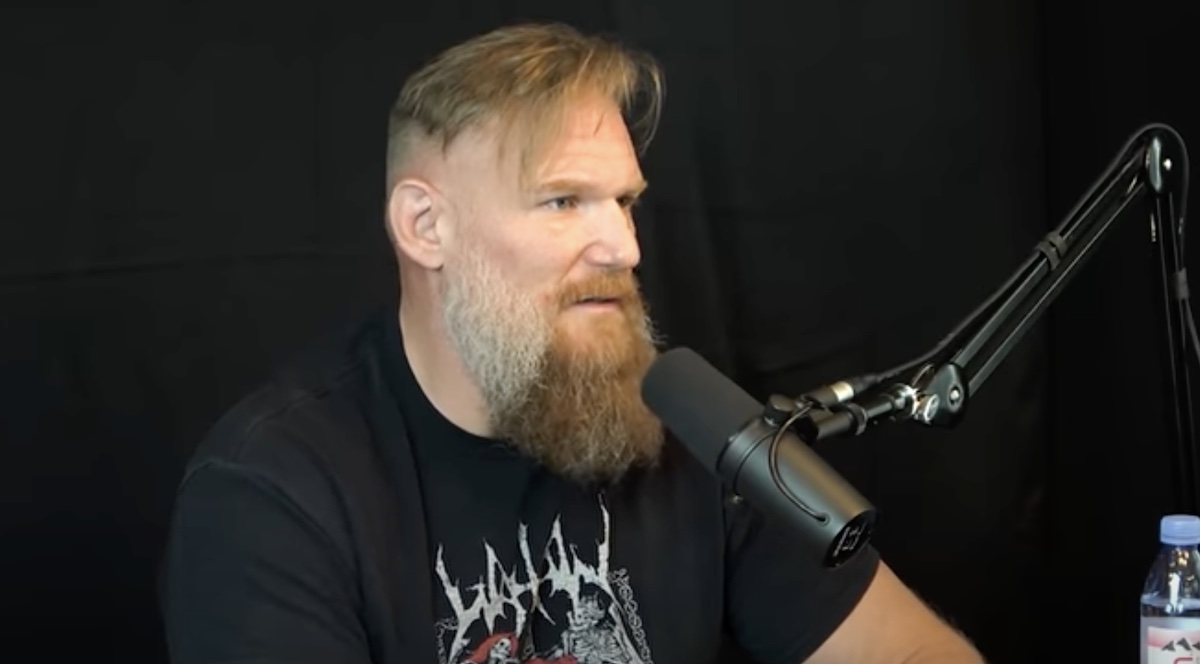 DOB: November 10th, 1977 Nickname: The Warmaster, The Babyface Assassin Gym: UWF USA Location: Seattle, Washington Martial Arts Records: 35-8(MMA) 4-5(BJJ) 1-0(mixed rules bare knuckle boxing) Notable Championships: UFC Heavyweight Champion, Pancrase Open Weight Champion, World No-Gi Champion, Metamoris Heavyweight Champion Josh Barnett’s early years training Josh Barnett grew up in Seattle, Washington and would […]
DOB: November 10th, 1977 Nickname: The Warmaster, The Babyface Assassin Gym: UWF USA Location: Seattle, Washington Martial Arts Records: 35-8(MMA) 4-5(BJJ) 1-0(mixed rules bare knuckle boxing) Notable Championships: UFC Heavyweight Champion, Pancrase Open Weight Champion, World No-Gi Champion, Metamoris Heavyweight Champion Josh Barnett’s early years training Josh Barnett grew up in Seattle, Washington and would […]
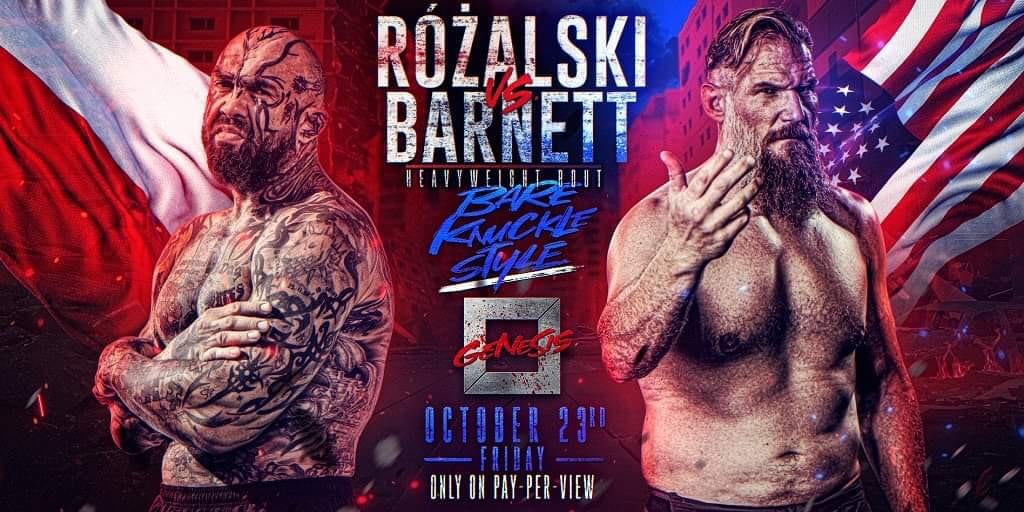
 To those with a bare knowledge of Capoeira, they see it as a martial art mixed with dance. But if you read into the history of this martial art, it means so much more than that. Capoeira is a martial art that was developed by slaves and represents their culture and fight for freedom. Its […]
To those with a bare knowledge of Capoeira, they see it as a martial art mixed with dance. But if you read into the history of this martial art, it means so much more than that. Capoeira is a martial art that was developed by slaves and represents their culture and fight for freedom. Its […]